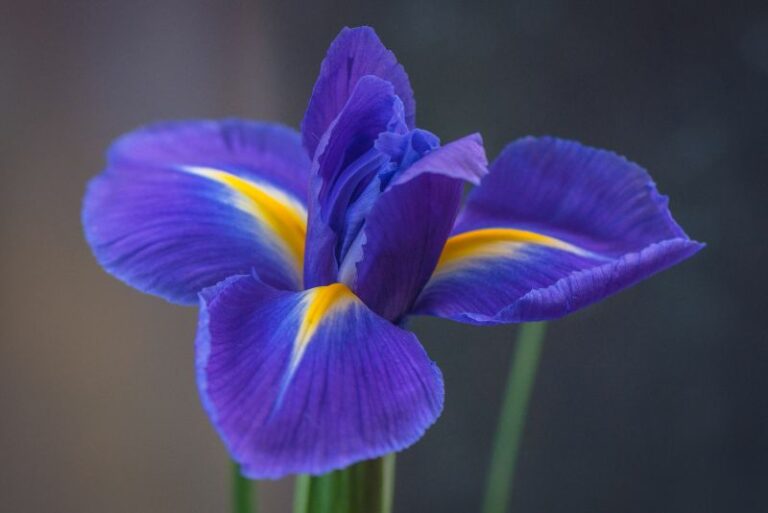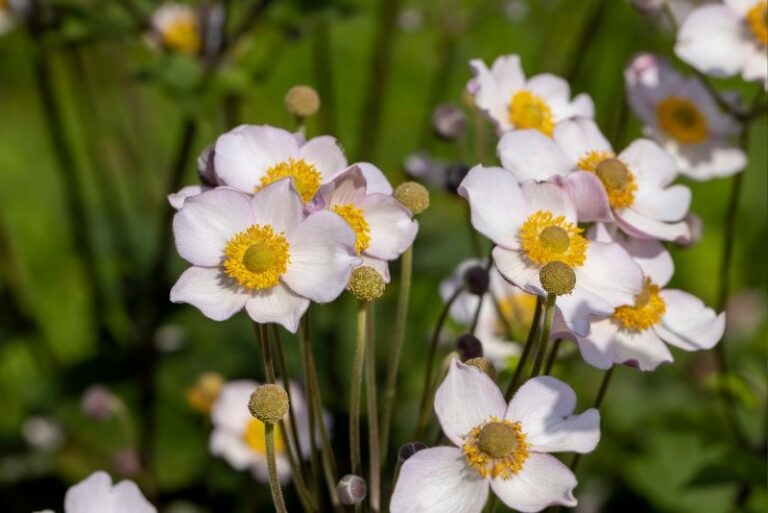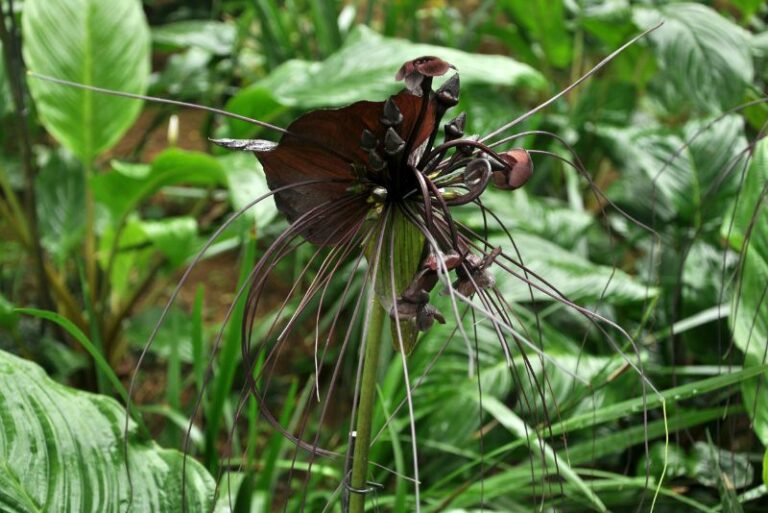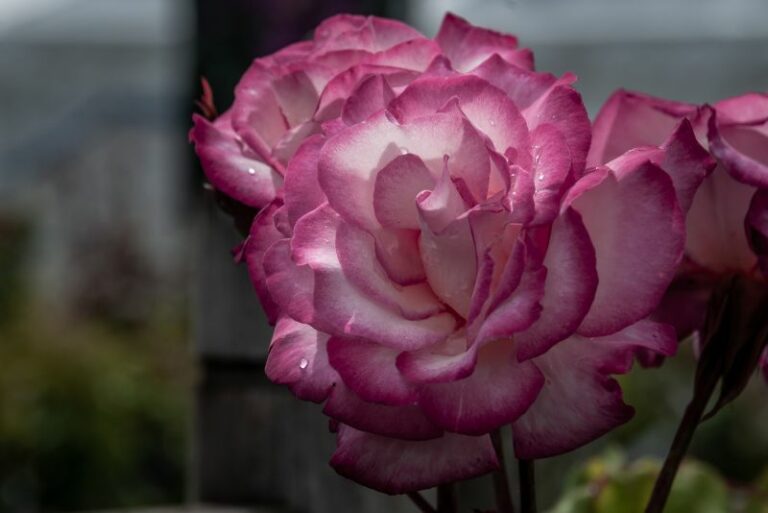How to Plant, Grow, and Care for Venus Slipper Orchids
Are you captivated by the allure of orchids and the peace they bring to indoor spaces? Then Venus Slipper Orchids might just be the gardening challenge you’ve been seeking. This intricate species of orchid is beloved for its unique slipper-shaped blooms that promise a sophisticated touch to any collection. However, their care needs can be quite specific, requiring a balance of light, water, and air that closely mirrors their native environments.
In this comprehensive guide, we will walk you through the essential steps to successfully plant, grow, and care for your Venus Slipper Orchids. We’ll cover everything from selecting the right potting mix to mastering the art of repotting. Whether you’re a seasoned orchid lover or simply dipping your toes into the world of horticulture, these insights are your passport to creating a thriving Venus Slipper Orchid haven.
The Allure of Venus Slippers: Why Plant Them?

Venus Slipper Orchids offer more than just an attractive addition to your botanical display. Their low maintenance, adaptability to indoor climates, and the remarkable endurance of their blooms make them a popular choice for plant hobbyists. By cultivating these orchids, you join a community of growers who appreciate and celebrate the art of precision gardening.
Planting Venus Slipper Orchids
The first step to a thriving Venus Slipper is to begin with a solid planting foundation. You’ll need to pay special attention to the type of mix you use and the pot in which you plant the orchid. Here’s a detailed look at the planting process:
Choosing the Right Potting Mix
The ideal potting mix for Venus Slipper Orchids should be moisture-retentive yet drain well. Aim for a mix that is loosely packed, airy, and does not break down quickly. A common mix that fits these criteria includes bark, perlite, and sphagnum moss in proportions that ensure good aeration and quick drainage.
Selecting a Suitable Container
Orchids, including Venus Slippers, need space for their roots to breathe. Choose a pot that will comfortably accommodate the size of the root system, providing a bit of room for growth but not excessively so. The material of the pot should also be porous to allow for air circulation and to help manage moisture levels.
Planting Process Step by Step
- Begin by soaking the potting mix in water for a few hours. This allows the media to become fully saturated, giving you a realistic understanding of how much water the mix can hold without becoming waterlogged.
- Place a small layer of the moist potting mix at the bottom of the pot to support the drain hole. You can use a small piece of a broken pot, a mesh screen, or a coffee filter for this purpose.
- Gently remove the Venus Slipper Orchid from its nursery pot if it’s not already potted. Shake out the old potting mix and inspect the root system for any signs of damage or rot. If there are some unhealthy roots, you might want to trim them down, always ensuring that the cuttings are healthy.
- Position the orchid in the center of the new pot, making sure the base of the plant is seated firmly and the leaves are not pushed against the sides of the pot.
- Slowly add the rest of the potting mix around the roots, tapping the pot gently on a surface to settle the media. Leave a small gap between the top of the mix and the rim of the pot to make watering easier.
- Water the orchid well without over-saturating, letting the water flow through the media freely. Find the balance — enough to moisten the mix thoroughly but not so much that the medium retains standing water.
Planting correctly from the start sets your orchid up for success. The root system, being a crucial organ, needs to be in an optimal environment to support the plant efficiently.
Growing Venus Slipper Orchids
After planting, you enter the essential phase of nurturing your Venus Slipper Orchids and providing the right conditions for them to thrive. This includes ensuring they get the appropriate light, maintaining accurate moisture levels, and understanding their fertilization needs.
Light and Temperature Requirements
Venus Slippers enjoy bright and indirect light. A good practice is to offer them a morning sun spot or an eastern exposure where they’ll receive the gentle rays that mimic their forest floor habitats. Be mindful of the intensity — too much direct sunlight can scorch their leaves, and too little can lead to poor blooming.
In terms of temperature, Venus Slippers appreciate a range that simulates their native climates. Generally speaking, they thrive in intermediate temperatures, around 60-70°F (15-24°C) during the night and up to 80°F (27°C) during the day. Adequate air circulation, either through a fan or open window, can also help to prevent fungal diseases.
Watering and Humidity Needs
The watering regimen for Venus Slipper Orchids needs to follow the principle of ‘less is more.’ They prefer to dry out slightly between waterings but should not be left to completely dry out. Overwatering can lead to root rot, a common problem with orchids.
A humidity level of around 50-60% is ideal. You can achieve this with the help of a humidity tray filled with water and gravel, a humidifier in the room, or by occasionally misting the leaves.
Fertilizing Tips
Fertilization is an essential part of orchid care, as it provides the plants with the nutrients they are missing from their natural environment. Use a balanced, water-soluble orchid fertilizer, and follow the instructions provided by the manufacturer. During the active growing season, fertilize your Venus Slippers every couple of weeks, but during dormancy or near-blooming time, adjust the schedule accordingly.
Propagation Methods
There are a few methods you can use to propagate Venus Slipper Orchids, such as division and keiki production. Division involves separating an offshoot from the main plant and potting it independently. Keiki production refers to allowing a keiki (the Hawaiian word for ‘baby’) to grow along a flower spike before it is removed for independent growth. These methods require careful handling and nurturing of the new plant, as they are more vulnerable during their early stages.
Caring for Venus Slipper Orchids
Caring for Venus Slipper Orchids means being vigilant for signs of trouble and knowing how to properly maintain your plants.
Common Pests and Diseases to Watch For
Venus Slippers, like all orchids, are susceptible to pests like scale, mealybugs, spider mites, and aphids. Regular inspection can help you catch infestations before they become serious. Diseases to look out for include fungal infections such as botrytis and crown rot, often caused by high humidity and poor air circulation. Keeping your orchid healthy and its environment clean goes a long way in disease prevention.
Pruning and Repotting Guidance
Pruning is not often necessary for Venus Slipper Orchids. However, removing spent blooms and trimming dead roots can help maintain the plant’s vigor. When repotting, aim to do so only when necessary, such as when the media breaks down or the plant has outgrown its pot. Always use a sterile cutting tool to minimize the risk of introducing infections.
Seasonal Care Tips
Adjust your care according to the seasonal needs of your Venus Slipper Orchids. In the winter, when the days are shorter and temperatures drop, reduce watering and eliminate fertilization until the plant shows signs of new growth. During the blooming period, provide a bit more water and ensure your orchid gets plenty of indirect light to encourage healthy flower development.
Conclusion
Successfully cultivating Venus Slipper Orchids is a combination of science, precision, and love. By providing them with the environment they need to thrive, you can enjoy the unique beauty they offer, year after year. Remember to tailor your care routines to your specific plant and be patient — orchids are creatures of habit and do best with consistent, attentive care.
For those who have never considered adding these orchids to their collection, the rewards are worth the effort. Their unusual form and graceful blooms can enrich your living or work space with a touch of elegance and a daily reminder of the stunning diversity of nature.
This guide, informed by experts and enthusiasts, should empower you to begin or enhance your journey with Venus Slipper Orchids. The key to success lies in understanding the plant’s needs and committing to providing them. We encourage you to start or continue your exploration into the enchanting world of orchid care, with Venus Slippers as your delicate and fascinating guides. Prepare for the gratifying challenge of growing this singular species and celebrate the results as your orchid flourishes in its new home.






